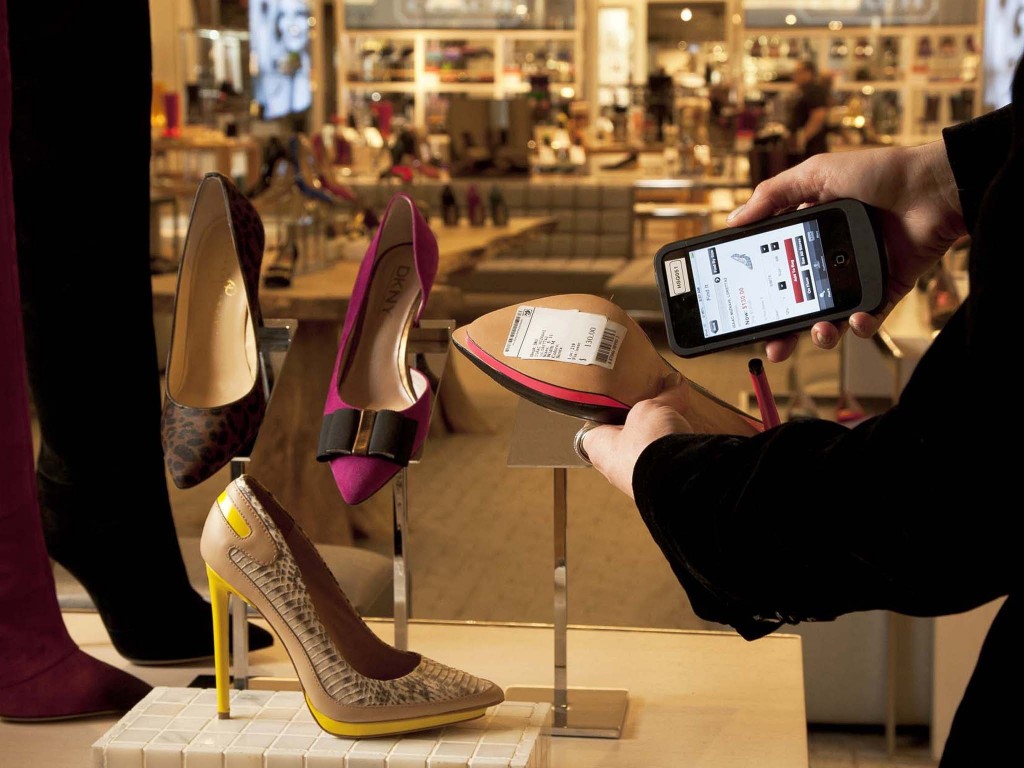The retail industry is rife with digital innovation and organizational change. Consumers— drawn to the ease and convenience of always being just a click away from user reviews, comparison pricing, and endless aisles—have come to rely on online and mobile shopping. It is no surprise that traditional retailers are bringing digital channels into stores to tap those consumer preferences. At the same time, historically pure-play online retailers are increasingly opening brick-and-mortar shops in high-profile locations, seeking to capitalize on the tangible experiences that cannot be delivered through a device. Both traditional stores and pure-play online retailers are working toward the same goal: to create a highly personalized, consistent, and integrated shopping experience across all points of contact between retailers and customers.
Because so many traditional retailers have begun to experiment with digital technologies in stores, The Boston Consulting Group examined how companies with advanced digital strategies are performing relative to their peers. BCG’s analysis indicates that brick-and-mortar retailers that implement digital technologies in stores—both to enhance the customer experience and to improve employee performance—tend to outperform retailers that have not yet implemented a digital strategy. In our survey of 25 fashion retailers based in Europe and North America, companies that are leaders of digital implementation in stores showed stronger EBIT growth than digital followers. We define leaders as those that have fully integrated digital technologies into their daily activities, pursued a multichannel strategy, developed a data analytics capability, and integrated digital into the in-store experience.
As the pace of innovation accelerates and as digital technologies influence the buying decisions of a growing percentage of customers, retailers need to act. Our research shows that even a modest investment can deliver rewards, particularly as digital solutions—often powered by third-party developers—become increasingly available and financially accessible. The truly cutting-edge innovations may be most appropriate for companies with the resources, customers, and culture to support the required investment, but affordable solutions are now available to retailers of all sizes that seek to launch an in-store digital strategy.
In-store technologies can increase employees’ effectiveness by providing data at the moment it is needed to execute a task. Employees of companies such as The Container Store and Tesco are carrying or wearing in-store solutions to assist with work flow management, merchandising, and day-to-day tactical management of the sales floor.
For the customer, digital technologies can integrate online and off-line sales channels and drive a seamless shopping experience. All of these in-store digital solutions are transforming customers’ omnichannel-shopping experiences.
Although many companies have established a digital presence—a website, some digital advertising, a presence in social media—only a small percentage are truly tapping the potential of an omnichannel strategy. To enable maximum digital impact in stores, retailers must first drive organizational change in four key dimensions.
1. R&D needs to be taken seriously to drive digital innovation.
To make a significant impact with in-store digital strategies, retailers need to budget for digital innovation. Devoting funds to digital ventures signals that the company sanctifies initiatives that might otherwise be deemed too risky or tangential. Digital-innovation strategies are typically not prioritized within the overall IT-investment budget. For most retailers, IT funds are limited and spent primarily on maintenance and upgrades of backbone technology systems that support merchandise and supply chain functions. R&D need not be a major investment—even a small R&D budget of $100,000 annually should be enough to infuse digital experimentation into a retailer’s daily operations.
For example, Nordstrom announced in 2014 that 30 percent of its capital expenditures would be in technology. It has established an innovation lab in Seattle to develop and test new products on a weekly basis; invested in e-commerce companies such as Bonobos, Trunk Club, and HauteLook to merge the online and in-store shopping experiences; and implemented interactive touch screens in fitting rooms, to name just a few initiatives.
2. Set up new organizational models to manage innovation.
Developing digital solutions in stores to enhance the customer experience should not be viewed as an IT responsibility. The most successful models of innovation merge IT teams, which should understand the digital-technology landscape, with retail teams that know the operational challenges and customer base. (See the sidebar “Digital Innovation in Action.”) Some successful models of collaboration are as follows: store employee teams, business and IT teams, innovation labs, a portfolio of start-up companies, an ecosystem of solution and content providers.







